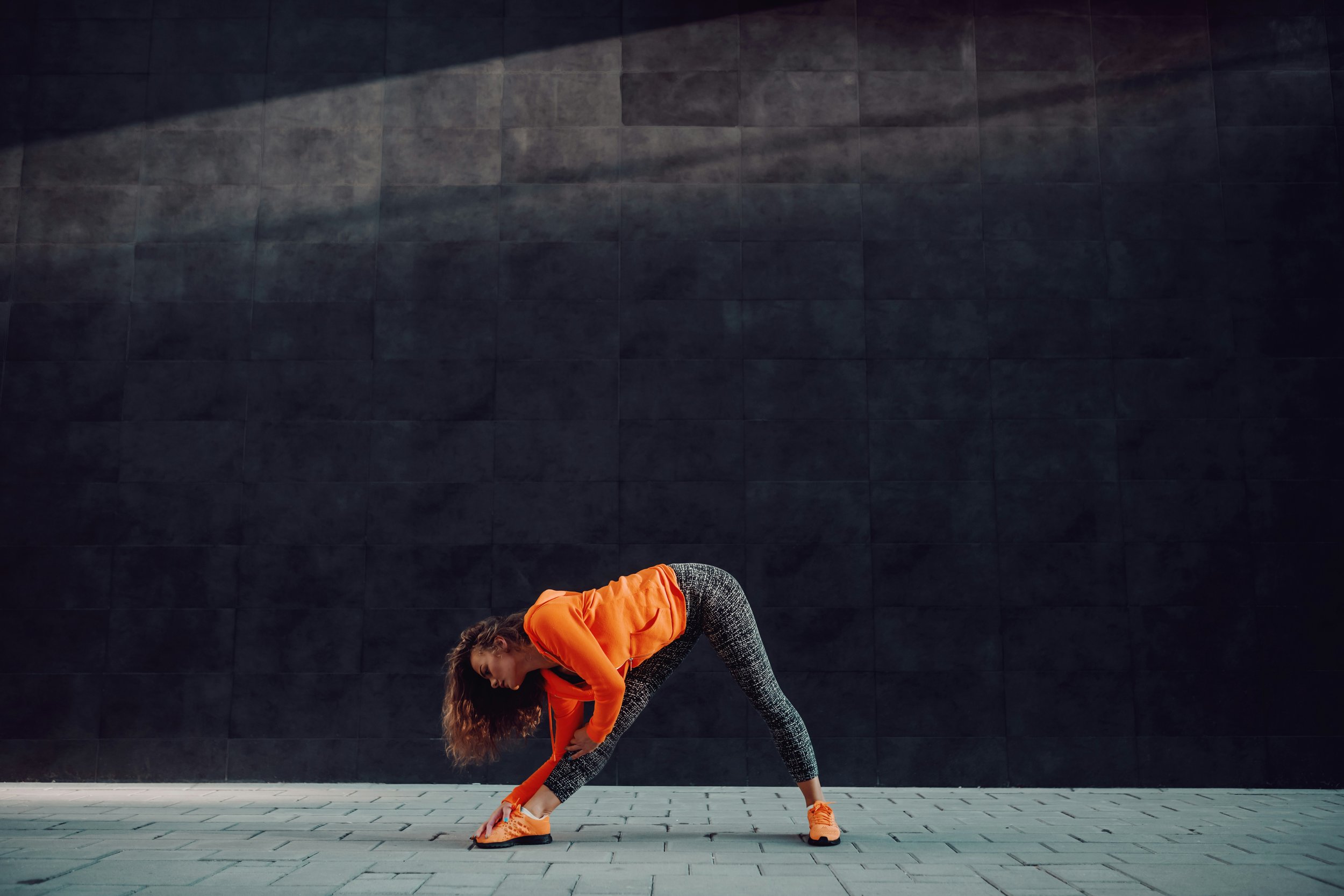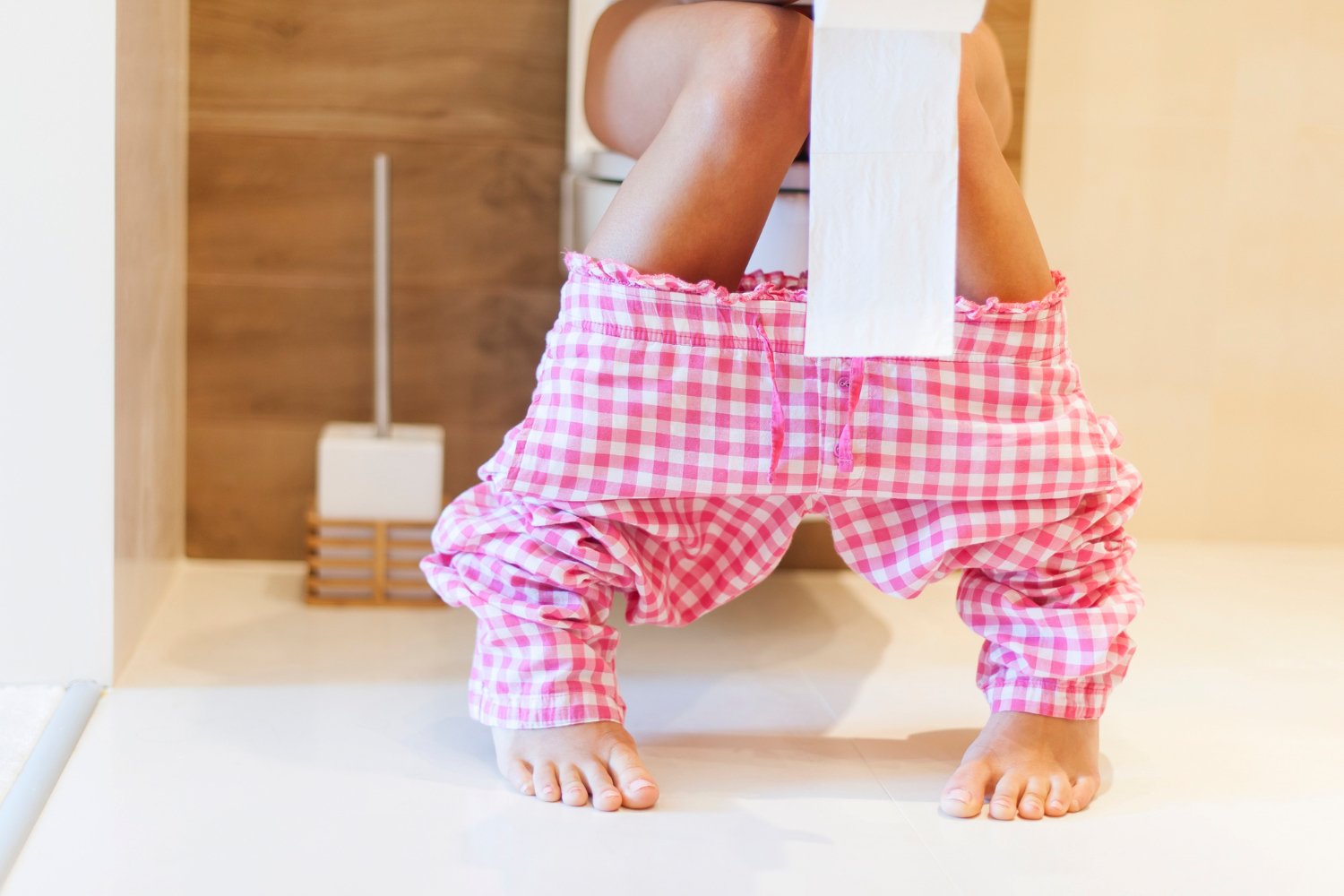
Insights
Pathways to Pain Relief: Insights and Resources for Your Journey
The Anatomy of the "Just-In-Case" Pee and Why It Matters
Have you ever used the bathroom "just in case" before leaving the house, even if you didn’t really feel the urge to go? Or maybe you’ve squeezed harder when peeing, worrying about leaking or needing to return to the toilet shortly after? These habits might seem harmless, but they can disrupt your bladder’s natural function and contribute to pelvic floor dysfunction over time. Let’s dive into the anatomy behind these common behaviors and how simple techniques like lateral costal breathing, jaw relaxation, and foot positioning can support your bladder’s health.
The dance of life - ribs and pelvis
The Dance of the Rib Cage and Pelvis: How Breathing Shapes Pelvic Floor Health
The human body is an intricately connected system, where every movement, breath, and posture influences the rest of the structure. Two movers and groovers in this interconnected dance are the rib cage and the pelvis, particularly in the context of breathing. This relationship between these structures is super important for optimal function and health—especially for the pelvic floor.
Oxygen’s Journey: Activating the Pelvic Fascia and Muscles Through Breath
In the context of the pelvic floor, oxygenated blood flows into the fascia and muscles, invigorating these tissues. The pelvic fascia, a web of connective tissue, thrives on this oxygen-rich environment, which supports its elasticity, hydration, and overall function. Meanwhile, the pelvic muscles, responsible for core stability and organ support, gain the ATP energy they need to perform optimally.
Apnea? 360? Hypopressives?
The way we breathe can have a big impact on the health of the pelvic floor, and 360 breathing is a great technique for this. In 360 breathing, the ribs move outwards and upwards as we breathe in, and then back down and in as we breathe out. This movement helps the pelvic floor work as a team with the other parts of the body, moving through its full range in a way that supports healthy function.
Here’s how it works:
When we inhale, the diaphragm (a dome-shaped muscle under the ribs) contracts and moves down. This creates more space for the lungs to fill with air. As the diaphragm moves, it gently presses on the abdominal organs, which in turn shift downward. This movement massages the pelvic organs, stimulates the lymphatic system, and even affects the adrenal glands. At the same time, the pelvic floor muscles respond by lengthening slightly (stretching) to manage the pressure. The sit bones (the bony bits you sit on) move slightly apart, and the tailbone (coccyx) tips back a little, creating even more space in the pelvis.
When we exhale, the diaphragm relaxes and moves back up under the ribs. The pelvic floor muscles now contract slightly (shorten) to support the release of pressure. The sit bones move closer together, and the tailbone tips back in, helping to stabilise the pelvis and abdomen.
This coordinated movement of the ribs, diaphragm, and pelvic floor helps manage the internal pressure in our abdomen. It’s a gentle but effective way to train a healthy pelvic floor while keeping tissues strong and resilient.



